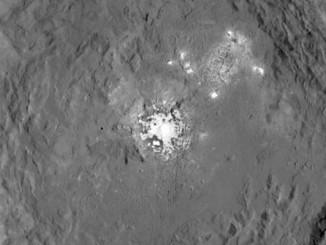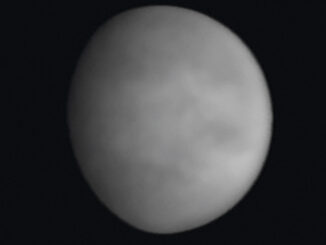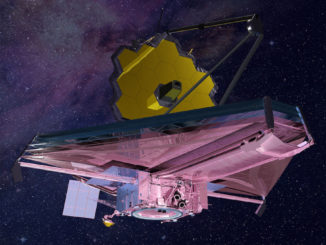Juno programme officials hold a news conference at NASA’s Jet Propulsion Laboratory following the successful orbital insertion of the space probe around the gas giant Jupiter.
14 July 2025
Latest News
© 2019 Pole Star Publications Limited



